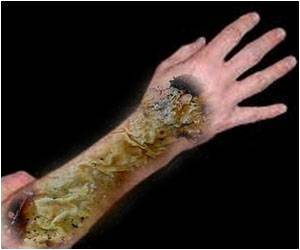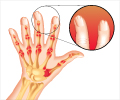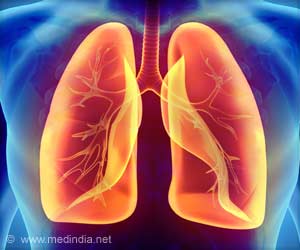In osteoarthritis patients, in addition to decreasing body fat, running can help build the strength and endurance the muscles need to support the joints, said new research.

‘The CDC says people who have hand osteoarthritis are more likely to develop osteoarthritis in the knee. The risk of developing osteoarthritis also increases with age. But middle-aged people shouldn’t be discouraged from running.’





Despite what you may have read or heard, there is no conclusive evidence that running causes osteoarthritis (the most common form of arthritis, often in the hips and knees as well as the hands), or that you shouldn’t be running at all if you have osteoarthritis. Since there is no cure for it, doctors usually look to treat osteoarthritis with a combination of therapies that includes increased physical activity. You should speak with your primary care doctor or physical therapist about exercises that are right for you, but it’s possible that running can help manage osteoarthritis, says Grace "Annie" Neurohr, DPT, CMTPT, a therapist and running specialist in the running program at the Rubin Institute for Advanced Orthopedics at Sinai Hospital of Baltimore.
In addition to decreasing body fat, running can help build the strength and endurance your muscles need to support your joints, Neurohr adds. It can also help decrease the regular workload of the cardiovascular system and lower cholesterol and triglyceride levels in the blood. In other words, running can be one of the best ways to combat the development or progression of osteoarthritis.
Neurohr says that while she doesn’t typically recommend high-mileage running for someone with osteoarthritis, recommendations depend on the person’s “symptoms, body type and grade of osteoarthritis.”
She adds: “I typically recommend that runners with osteoarthritis have a good strength training program to complement their running. Improving the strength of the muscles around the hips and knees can better protect the joint with higher-impact activities. I also recommend they run on slightly softer surfaces such as packed dirt, trails or tracks as opposed to concrete.”
Advertisement
• joint injury or overuse (repetitive stress on a joint)
• family history
“Some of the best distance runners are over the age of 40 and still getting faster,” she says.
Neurohr advises aging runners to focus on calf strength. “These muscles lose power quicker as we age and are crucial in giving us efficient push-off as we propel ourselves forward,” she says.
Neurohr also recommends calcium and vitamin D supplements, which she says “can be helpful in maintaining bone health, which is very important for avoiding stress injuries or fractures as we age.” (Remember to consult your doctor first before taking any new supplements.)
“These supplements can help compound the gains you can make in a strength training program and help build stronger bones and maintain muscle strength,” she says.
Source-Newswise















